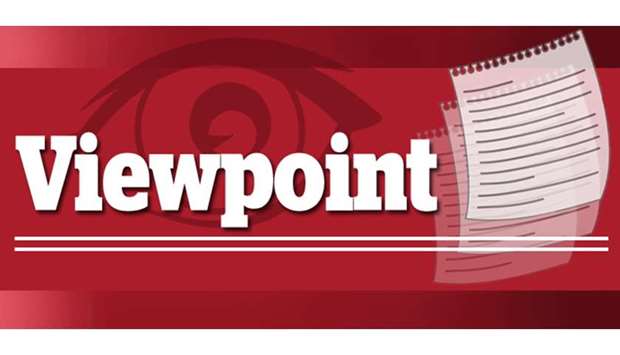The increase in Fed interest rates on June 14, the second one this year, signals the US central bank’s confidence in the world’s largest economy, where the job market has been steadily improving.
In lifting its benchmark lending rate by a quarter percentage point to a target range of 1% to 1.25% and forecasting one more hike this year, the Fed seemed to largely brush off a recent run of mixed economic data.
The Fed’s key interest rate will now hover in a range between 1% and 1.25%. Overall, rates are still very low compared to prior decades. The Fed also said it’s planning to start gradually selling off the assets that it had bought during and after the financial crisis to boost the economy.
The US central bank- Federal Reserve’s rate-setting committee said the economy had continued to strengthen; job gains remained solid and indicated it viewed a recent softness in inflation as largely transitory.
In explaining the decision, the Fed said in a statement that “job gains have moderated but have been solid, on average, since the beginning of the year, and the unemployment rate has declined.” It described economic activity that has “been rising moderately so far this year.”
The unemployment rate fell to 4.3% in May, its lowest level since 2001. The economy has added jobs for 80 consecutive months.
Fed chair Janet Yellen and her colleagues see the unemployment rate remaining at about 4.3% this year and falling to 4.2% in 2018.
The Fed’s decision is a vote of confidence in its own core message that soggy inflation will be a temporary phenomenon given the strength of the jobs market, where steady hiring has driven the jobless rate down to 4.3%.
In a sign of confidence, the Fed upgraded its forecast for US economic growth and unemployment this year.
Rising interest rates may eventually affect millions of Americans- from home buyers to credit card holders to savers. However, interest rates for mortgages are not expected to rise immediately, economists say.
As rates continue to trend upwards, savers will start to earn a little more for keeping their money in the bank, reports suggest.
Meanwhile, carrying a balance on credit cards and taking out loans will get more expensive. The rate on a 30-year mortgage, for instance, has floated higher, but is still at a historical low at 3.9%.
One of the main things the Fed keeps an eye on is inflation, which has softened a bit and continues to lag behind their stated goal of 2%. That has the potential to hold the Fed back.
The Fed admitted that inflation is likely to remain “somewhat below” its target in the near term and that it will continue to monitor it closely.
But with Fed opting for its third rate hike since December, 2016, economists see the prospects for at least one more rate hike this year. The latest Fed rate hike signals the central bank’s belief that the US economy is on solid ground.
The Fed managers are again meeting four more times this year -- in July, September, October and December.

viewpoint


